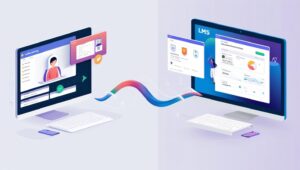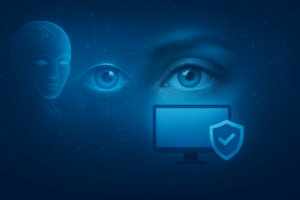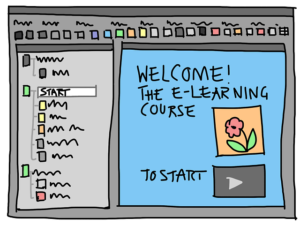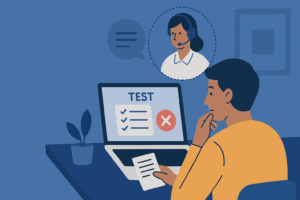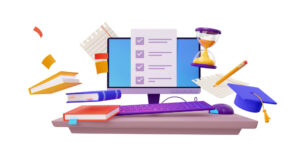Today, more and more people in the education sector will agree that teaching and learning models have altered since the pandemic emerged. Besides that, we have now realized that learning comes in different verticals and is much more than a mere classroom concept. Blended learning is one such phenomenon that has gained new heights, perhaps has become a booming trend since the last year.
Therefore, it’s safe to say that digital learning has become successful and can be as good or even better than traditional classroom teaching.
If we dig deep into the concept of e-learning, we can explore many different areas that this style of learning entails. Let’s find out.
What is blended learning?

As the name suggests, a blended learning approach combines online learning opportunities with classroom teaching methods. In other words, blended learning gives you the best of both worlds: E-learning merged with traditional teaching methods.
Now, if we look at the advantages of blended learning, the list will go on. But the biggest and most significant advantage of blended learning is that it caters to the learner’s individual needs. That said, most students have unique learning styles, preferences, and abilities. Therefore, blended learning is the best approach to provide that extended time to each student and bring out the best in them.
Without further ado, let’s take a look at the most common types of blended learning :

1. Station Rotation Blended Learning
Station-Rotation blended learning is an approach that allows students to rotate through stations on a fixed schedule, where at least one of the stations is a computer-based learning station. Usually, the teacher organizes students into groups within the classroom, where at least one station remains an online-based station.
What kind of activities happen at a computer-based Station
- Personalized assignments
- Digital presentations or gamification
- Interactive exercises, group discussions
What happens at the teacher Station
Teachers usually facilitate group activities or take oral tests.
2. Lab Rotation Blended Learning

As the name goes, students rotate to a separate computer lab for the computer-based station in this model. The lab rotation model comes to light when you don’t have a full set of computers in your classroom.
3. Remote blended learning or enriched blended learning

This type of learning model is the best for students who enjoy flexibility. Remote blended learning is for those who need online classes’ flexibility and face-to-face interaction with their teachers as well. Typically, in this model, a learner does most of the studying online, at the comfort of their homes.
4. Flex Blended Learning

Flex blended learning model is more or less complete online learning. In this model, the learning material and instructions are given online, and the lessons are self-directed. The teacher is on-site, but the content is mostly available online. The teacher of record provides face-to-face assistance on a flexible as-needed basis through small-group discussions or projects.
5. Flipped classroom
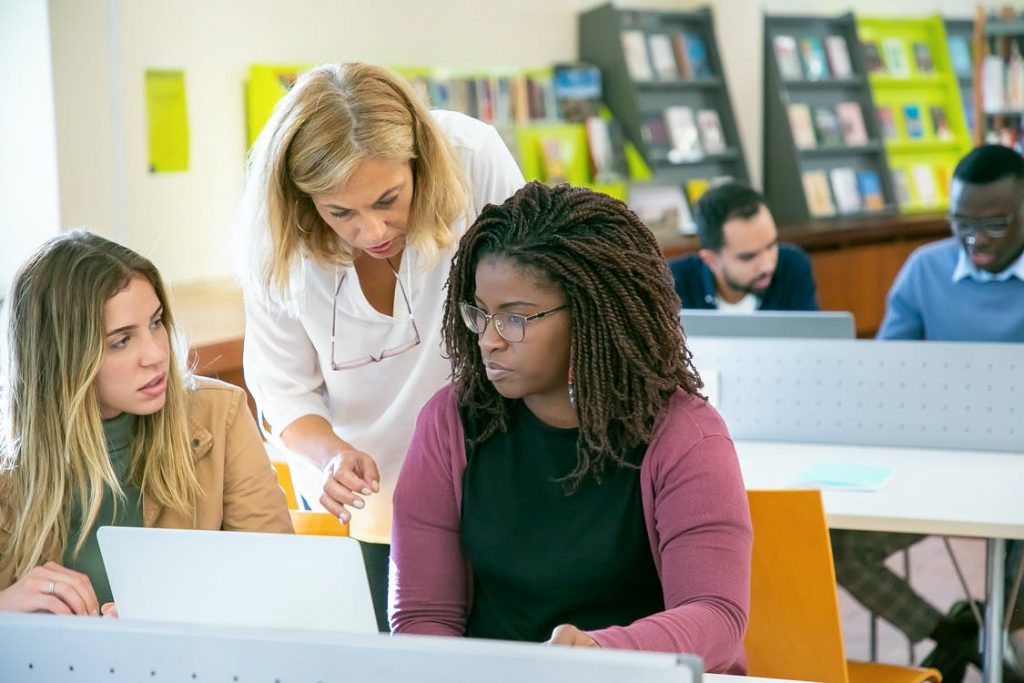
A flipped classroom is a type of blended learning model that reverses the roles, perhaps the most prominent digital learning models. In this model, students get learning materials at home and practice working through them at school supported by teachers and peers. Basically, in a traditional class, the learners meet the instructor and then go home to complete the assignments. In a flipped classroom, learners complete their online coursework at home and then interact with their teachers in-person for problem-solving doubt sessions.
The downsides of online learning
While e-learning and blended learning future look promising, it does have a few cons too. The most common one is that cheating has been normalized and sidetracked. If we observe, online learning provides many benefits, but students with ulterior motives take false advantage. In the recent past, we have seen many cases where students get thrilled to break the rules by tricking the technology. Many of them don’t even turn on their cameras during online lectures. Hence, there is no definite way of verifying whether these students are genuinely attending the classes, let alone taking their assessments.
This navigates us to a clear conclusion that educational institutions should necessitate maintaining academic integrity during online assessments.
How Proctortrack helps you maintain academic integrity

Proctortrack is the most trusted exam integrity software that helps conduct cheat-proof exams.
ProctorLIVE AI is a real-time hybrid model that combines live proctoring with AI-enhanced auto proctoring intervention capabilities. It detects and records any suspicious behavior of a student during the proctored assessments. It tracks not only their eye and head movements but also their audio feed during an ongoing exam. Example: A live proctor can promptly intervene when a candidate is trying to speak (into a Bluetooth device) or look away from the screen (to use a smartwatch), based on violations flagged by the AI.
Proctorttrack helps verify the true identities of the candidate.
Proctortrack uses multi-factor biometric authentication to verify the identity of students upon entry. Each student provides face and ID scans as a part of onboarding. The scans then get measured against the student’s baseline biometric profile, stored on file.

